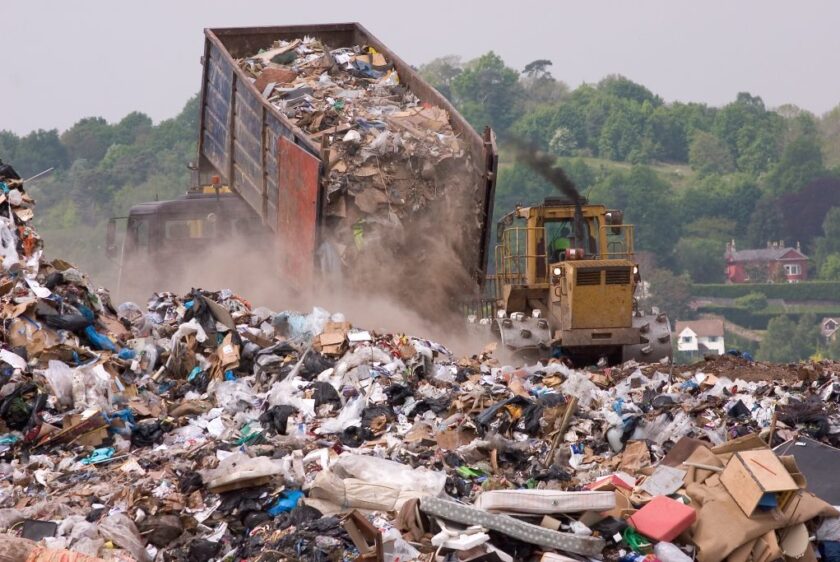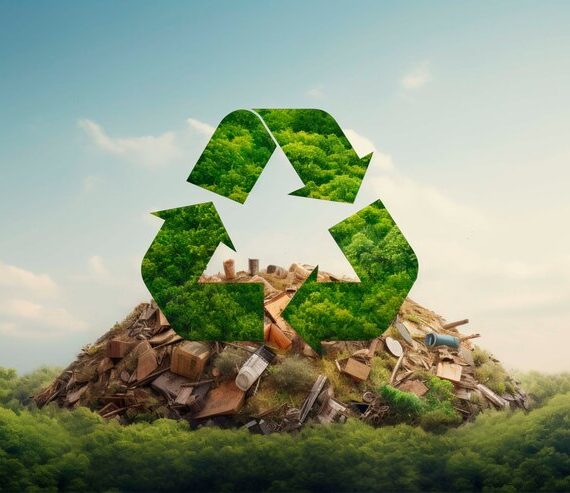
Hidden Dangers of E-Waste: Environmental and Health Risks
In our rapidly advancing digital age, electronic devices have become integral to our daily lives. From smartphones to laptops, we are surrounded by gadgets that make our lives more convenient. However, there’s a dark side to this technological revolution that often goes unnoticed – electronic waste, or e-waste. This blog will shed light on the hidden dangers of e-waste, including the environmental and health risks associated with poor electronic device disposal.
I. The Environmental Toll of E-Waste:

- A. Landfills Overflowing with Toxicity: Electronic devices are composed of many materials, some of which are hazardous to the environment. Improper disposal of these materials in landfills can contaminate ecosystems by leaching into the soil and water. Heavy metals like lead, mercury, and cadmium found in electronic components severely threaten soil fertility, water quality, and plant life.
-
- B. Air Pollution from Burning E-Waste: In many parts of the world, informal recycling practices involve burning e-waste to extract valuable metals. It releases toxic fumes into the air and contributes to air pollution. The inhalation of these pollutants can cause respiratory problems, cardiovascular diseases, and even cancer in both humans and animals.
II. Human Health Risks:
-
- A. Exposure to Toxic Chemicals: Electronic devices contain hazardous chemicals, such as brominated flame retardants and polyvinyl chloride (PVC). It is crucial to properly manage e-waste to prevent the release of dangerous chemicals into the air, water, and soil, which can directly threaten human health. Prolonged exposure may result in developmental issues, reproductive problems, and neurological disorders.
-
- B. Informal Recycling Practices: E-waste is often informally recycled in many developing countries, which puts workers at risk of dangerous conditions. Workers, often without proper protective gear, dismantle electronic devices and are exposed to harmful substances during the recycling process. It can lead to acute & chronic health issues, ranging from skin irritations to more severe conditions like cancer.
III. The Global Impact
-
- A. The E-Waste Trade: E-waste is a global issue, and developed countries often export their electronic waste to developing nations, where regulations may be lax. This perpetuates a cycle of environmental degradation and human suffering in the receiving countries, as they bear the burden of handling toxic waste without proper infrastructure or safety measures.
-
- B. Resource Depletion:The improper disposal of e-waste not only harms the environment but also contributes to resource depletion. Many valuable metals and minerals used in electronic devices are finite resources. By recycling and reusing electronic components, we can mitigate the environmental impact and reduce the demand for extracting new raw materials.
Conclusion:
The hidden dangers of electronic waste are far-reaching, impacting both our environment and human health. As consumers, we bear a responsibility to be mindful of our electronic consumption and adopt sustainable practices such as recycling and proper disposal. Governments and industries also play a crucial role in establishing and enforcing regulations to ensure the responsible management of e-waste. Only through collective efforts we can address the hidden e-waste threat and work towards a sustainable and healthier future for our planet.







